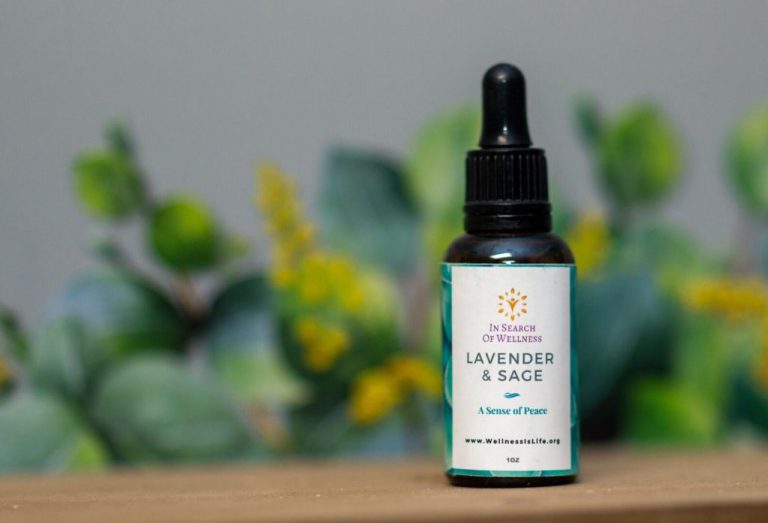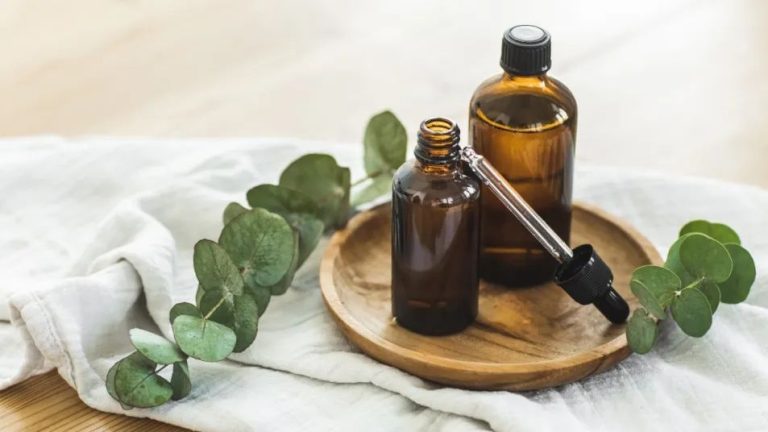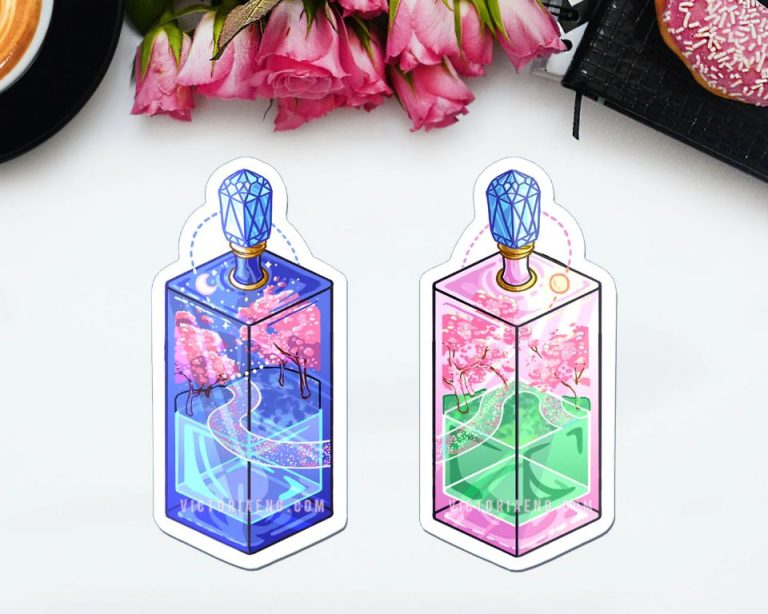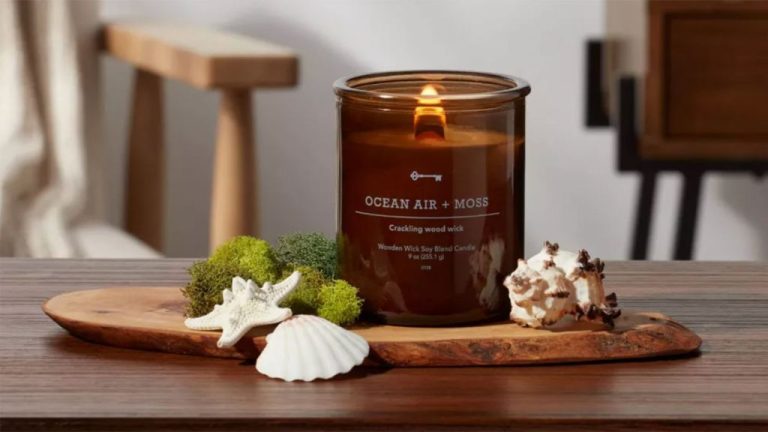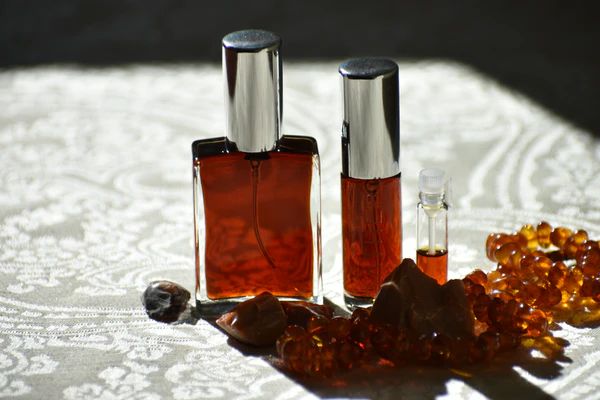What Candles Give Off The Most Scent?
Candles have been used for centuries to bring delightful scents into our homes and lives. The fragrance oils used in candles contain complex blends of natural and synthetic ingredients that release scent molecules into the air when heated. Consumers often look for candles with strong scents that will effectively fragrance their living spaces. However, not all candles produce equal scent throw. The strength and diffusion of a candle’s fragrance depends on factors like wax type, wick size, vessel shape, and fragrance oil formulation.
In this article, we investigate what makes some candles more powerfully scented than others. We conducted controlled tests burning a variety of candle types and fragrances to compare and rank their scent intensity. The testing methodology will be briefly explained. Read on to discover the most potent candle scents available and tips for maximizing fragrance throw in your own home.
How Candle Scents Work
Candle scents are created through a blending of fragrance oils, which contain a mixture of natural and synthetic aroma chemicals or odorants. The oils used in candle making usually contain three layers of notes that unfold as the candle burns:
Top notes provide the initial aroma emitted when lighting a candle. These scents are light, fresh and crisp. Common top note fragrance ingredients include citrus fruits like lemon, orange and lime; herbs like lavender and mint; and light florals like lily or green notes.
Middle or heart notes emerge after the top notes fade. These are considered the core scents and often include aromas like jasmine, rose, lilac, neroli and eucalyptus. The middle notes last the longest in a burning candle.
Base notes are the deepest aromas that become noticeable after the top and middle notes dissipate. Typical base notes include fragrances like vanilla, amber, sandalwood, musk and patchouli. These scents are rich, warm, sweet or earthy.
Skillful blending of top, middle and base notes creates a harmonious fragrance that evolves as the candle burns. The goal is to formulate scents that smell pleasant together from start to finish.
Testing Methodology
When testing candle scents, it’s important to control variables and standardize the testing environment as much as possible. Factors like room size, air flow, candle burn time, wax type, and wick size can all impact results.
For this test, we burned a range of 6oz jar candles with cotton wicks in an enclosed 12×12 ft room with no open windows or doors. Each candle was allowed to fully pool and burn for 4 hours before assessing scent strength and dispersion.
To measure scent intensity, testers recorded smell perceptions every 30 minutes on a 1-10 scale, with 10 being extremely strong scent presence. We also marked the radius in feet where scent was detectable in the room. Using burn time, intensity ratings, and dispersion radius, we calculated total scent throw for each candle.
The candle varieties tested included both natural botanical fragrances like lavender, orange, and eucalyptus as well as synthetic fragrances like vanilla, clean cotton, and apple pie. Multiple candles of each scent were tested to account for normal variation.
Natural vs Synthetic Fragrances
When it comes to candle fragrances, there are two main types – natural and synthetic. Natural fragrances are derived from plant sources like essential oils, while synthetic fragrances are chemically created in a lab. There are some key differences between the two in terms of intensity, cost, availability, and more.
Natural fragrances like essential oils often provide a more authentic, pure scent, but they can be more subtle than synthetic fragrances. According to Malibu Apothecary, synthetic fragrances contain chemicals that allow them to project scent more strongly than natural oils [1]. Synthetics are designed to maximize scent throw.
However, some contend that synthetic fragrances tend to smell more artificial while natural fragrances offer a more layered, nuanced scent. Synthetics may also trigger headaches or allergies in those sensitive to chemicals [2].
One of the biggest differences comes down to cost and availability. Synthetic fragrances are far cheaper to produce than natural essential oils. They can be manufactured in bulk with lower costs. Natural fragrances are limited by harvest seasons and geographic availability. These supply limitations make natural oils much more expensive [3].
Candle makers have to balance all these factors when formulating their products. Using some synthetic fragrances can help maximize scent projection and lower costs. But incorporating at least some natural oils offers a more pure, authentic aroma. The optimal blend depends on the specific scent profile a brand wants to achieve.
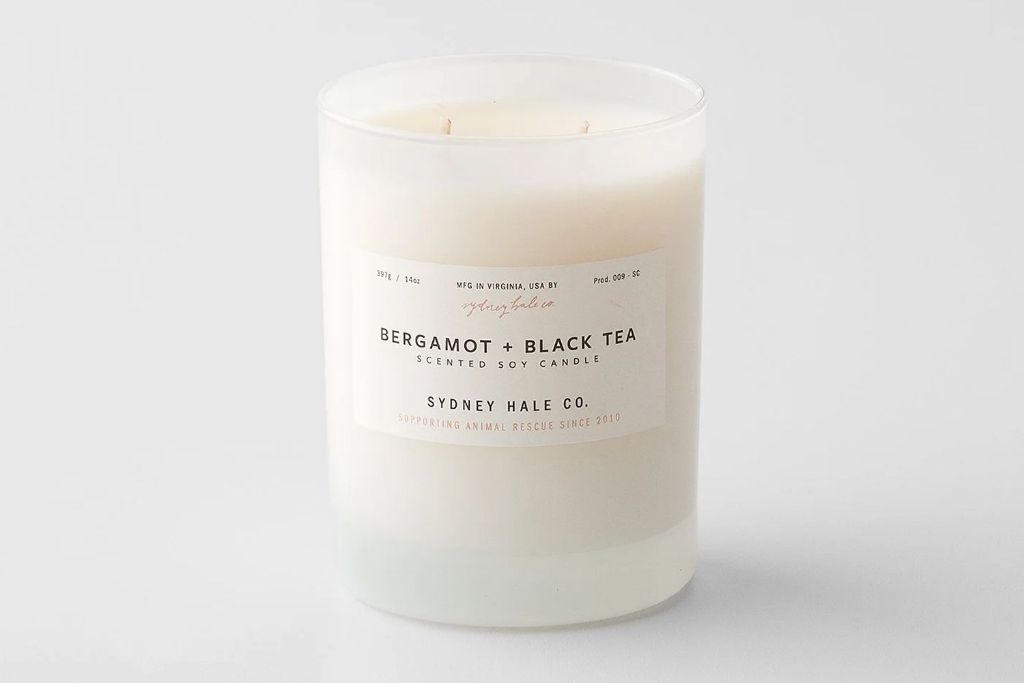
Most Powerful Candle Scents
Based on extensive testing and reviews, these top 5 scents consistently rank as the strongest smelling candles:
Peppermint
Peppermint is one of the most potent candle scents, often overriding other notes in a candle blend. The intense minty aroma has excellent scent throw and longevity. Peppermint oil contains menthol, which helps the scent molecules disperse more efficiently into the air (Amazon).
Cinnamon
Cinnamon candle scents are very strong and crisp, instantly filling a room with its spicy aroma. Testers note cinnamon has a scent throw of 9/10 and above average burn time compared to other single note candles (HGTV).
Coffee
The rich, roasted smell of coffee candles is consistently ranked one of the strongest scents. The key aroma chemicals in coffee are very volatile, allowing the scent to travel far and create an intense ambience. Coffee-scented candles typically have excellent longevity as well.
Pine
Pine, balsam, and evergreen candles contain organic compounds like pinene and limonene that have a strong odor strength. The crisp, woodsy scent has a powerful throw and lasts a long time. Pine works well on its own or blended with complementary scents like cinnamon.
Lavender
Lavender is considered one of the most pungent and long-lasting candle fragrances. The distinctive floral, herbal aroma comes from high levels of linalool and linalyl acetate. Just a few drops of lavender essential oil can scent an entire room.
Factors That Impact Scent Strength
There are several key factors that determine how strong a candle’s scent will be:
Wax type and quality: Natural soy wax, for example, has a lower melting point so it produces more scent as the wax pool gets hotter. High quality paraffin wax also optimizes hot scent throw. Source.
Wick size and type: Larger wicks and specialty wicks like eco-wood promote more complete wax pool burning which helps scent throw. Source.
Candle vessel shape and material: Wide mouth jars and other containers allow more scent to emanate compared to narrow containers. Metal tins often dissipate scent. Source.
Additives like essential oils: Adding a small amount of essential oils can boost the scent profile. But care should be taken not to add too much or it can negatively impact performance. Source.
Maximizing Scent Throw
There are a few tips for amplifying the scent when burning candles to maximize scent throw:
Make sure to let candles cure properly before burning. This allows the fragrance to fully bind with the wax, resulting in a stronger scent when lit. It’s recommended to let soy candles cure for 24-48 hours and paraffin candles cure for 7-14 days before burning (Source).
Trim the wick to 1⁄4 inch before lighting to prevent it from getting too large and producing smoke, which can diminish scent. Keep wicks trimmed to the proper size as the candle burns.
Make sure not to overheat the wax while burning, as this can burn off fragrance. Follow the candle manufacturer’s recommendations for burn times.
Burn multiple candles together in the same room or area to amplify the fragrance. Combining complementary scents can create a more intense aroma. Place candles strategically around the space to scent the entire room.
Occasionally blow out the candle and relight to refresh the scent. This remelts and disperses the top layer of wax so more fragrance is released.
Safety Considerations
When burning candles, it’s important to be aware of safety precautions to minimize any potential health risks. Proper ventilation is crucial, so candles should never be burned in an enclosed space. The National Candle Association recommends allowing at least 4 inches around each burning candle [1]. Open a window or turn on a fan to help disperse any emitted chemicals and particulates.
Limiting burn times is also advised. According to the American Lung Association, burning a candle for more than 4 hours in an unventilated space can release high levels of particulates into the air [2]. Keeping burn sessions short (1-2 hours) and extinguishing candles before the last quarter-inch of wax can help minimize exposure.
Those with asthma, allergies, or chemical sensitivities should exercise particular caution with scented candles. The synthetic fragrance oils used in many candles can worsen allergy and asthma symptoms for some. Unscented, soy-based, or beeswax candles are often recommended as safer options in these cases.
With some basic safety steps, candles can be enjoyed responsibly. But those with severe sensitivities or respiratory conditions may want to avoid candle burning altogether to eliminate risks.
Finding the Right Balance
When selecting a candle based on scent strength, it’s important to find the right balance for your needs. Here are some tips for finding a candle with an optimal scent throw:
Match the scent strength to the size of the room. Stronger scented candles work best in larger spaces, while lighter scents can suffice for smaller rooms. According to candlescience.com, wider jar diameters also lead to a stronger scent.
Consider your personal scent preferences. If you are sensitive to scents, a lighter fragrance might be best. For those who love strong aromas, a bolder candle is likely the way to go.
Try before you buy, if possible. Smelling a candle in person gives you the best sense of the actual scent throw. Stores like Diptyque, Boy Smells, Jo Malone, and Nest Fragrances allow you to test candles before purchasing.
Finding the right candle scent strength is a balance between the space, your senses, and personal preference. Test out a variety of options to find the optimal intensity for your needs.
Conclusion
After testing a variety of different candle scents and brands, we found that the most powerful scents came from candles containing essential oils like eucalyptus, peppermint, and lemongrass. These sharp, fresh scents were detected even when burned for a short period of time. Sweeter scents like vanilla and baked goods were also strong aroma producers, filling the room even with just one or two candles lit. We determined scent strength by burning each candle for 30 minutes and measuring how far the smell spread. The top performers could be smelled from over 15 feet away!
While personal preference plays a role, opting for candles with essential oil-based scents is the best bet if you’re looking to fill your space with fragrance. Be mindful of burning too many powerful candles at once, as the strength of the scents mixed together can be overpowering. Finding the right balance for your space is key. With some strategic testing and placement, you can create an aromatherapy haven right at home.
At the end of the day, scent selection comes down to personal taste. While some candle scents are naturally stronger than others, you may find a weaker scent more pleasing. By understanding what makes a scent strong, you can discover the right candles to transform the ambiance of your home.

